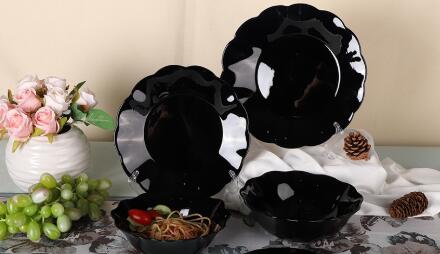Explain in terms of physics that why thick glasses are more dangerous than thin ones
Pulished on Sep. 11, 2019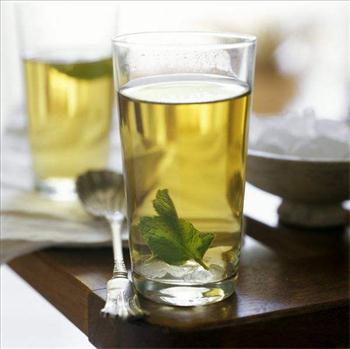
As we have learned from physics, in general, objects will "expand and shrink" in most cases. (0°C to 4°C water will undergo abnormal expansion, antimony, Bismuth, liquid iron, etc., under certain conditions, “heat shrinkage and cold expansion” will also occur)
I believe many people have encountered this situation. When the hot liquid is poured into the glass, the glass suddenly bursts. This kind of sudden situation often makes us mistakenly think that the glass cup is too thin, and it should not be accidental if it should be thick.
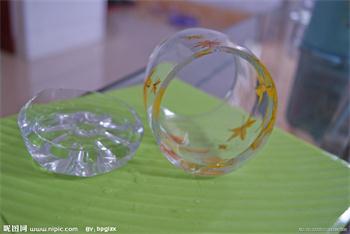
But is it really safe to choose thick glassware?
We can first explain from the perspective of secondary school physics what causes the glass to burst.
The physical fact is: When we pour hot water into the glass, not all the walls of the cup are all exposed to hot water, but heat from the inside to the outside. When the hot hot water is introduced into the glass, the inner wall of the glass is first thermally expanded, but since the heat transfer takes time, the outer wall does not feel the temperature of the hot water in a very short time, so the outer wall does not expand in time. That is to say, there is a time difference between internal and external expansion. This time difference causes the outer wall to bear the huge pressure caused by the expansion of the inner wall. (The outer wall is equivalent to a pipe at this time, and the object in the pipe will expands outward.) When the pressure reaches a certain level At the time, the outer wall could not withstand this pressure and the glass exploded.
Therefore, the real physical reason for the glass to burst with heat is caused by uneven thermal expansion!
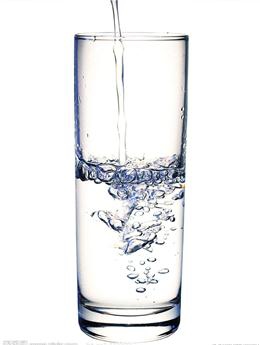
If we look closely at the cracked cup, we can find a rule that the glass cup which is easy to burst, not only with a thick wall, but also with a thicker bottom.
Therefore,obviously, in order to avoid this, we should choose a cup with a thin bottom and wall. Because the thinner of glass wall, the shorter heat transfer time of the inner and outer walls need, and the smaller pressure difference between the inner and outer walls, can almost expand at the same time, so that the glass cup would not crack because of the uneven heating. The thicker of glass wall, the longer heat transfer time it need, and the greater pressure difference between the inner and outer walls comes, the more chance it will burst due to uneven heating!
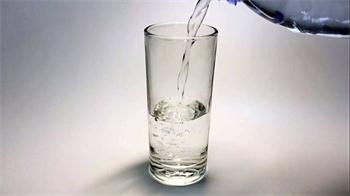
So what if the family has already purchased thick glassware? Throw it away?
It’s a pity. When we have to pour hot water into such thick glass cup, we can use a good method to avoid the occurrence of cracking.This method is to put a metal tea spoon in the cup before pouring hot water. If you can use a silver tea spoon, it is best. This will try to avoid bursting of the glass.
When pouring hot hot water into the glass, if you put a metal spoon, before the hot water heats the glass cup, it will transfer some heat to the metal tea spoon, to make the water temperature becomes lower, and even if the hot water continues to be poured thereafter, there is no danger because the inner and outer walls of the cup have become uniform in temperature.








